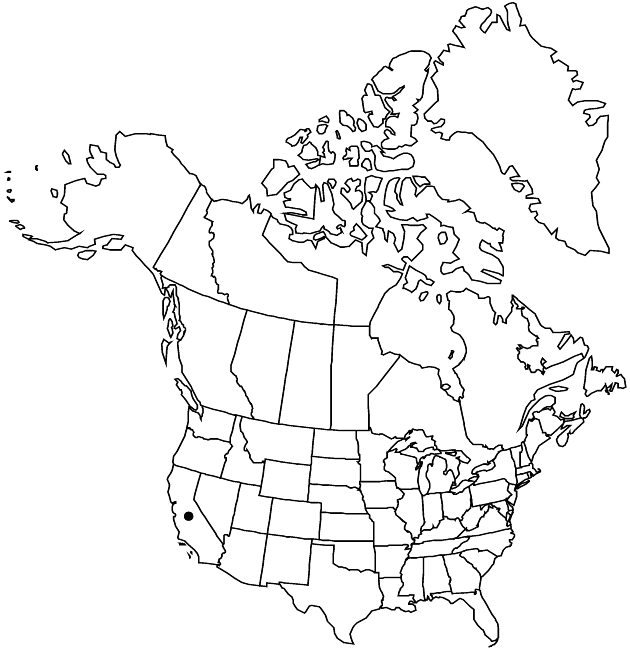Difference between revisions of "Pseudobahia bahiifolia"
in N. L. Britton et al., N. Amer. Fl. 34: 83. 1915.
Common names: Hartweg’s golden sunburst
EndemicConservation concern
Basionym: Monolopia bahiifolia Bentham Pl. Hartweg., 317. 1849 (as bahiaefolia)
Treatment appears in FNA Volume 21. Treatment on page 352.
imported>Volume Importer |
imported>Volume Importer |
||
| Line 1: | Line 1: | ||
{{Treatment/ID | {{Treatment/ID | ||
|accepted_name=Pseudobahia bahiifolia | |accepted_name=Pseudobahia bahiifolia | ||
| − | |accepted_authority=(Bentham) Rydberg | + | |accepted_authority=(Bentham) Rydberg |
|publications={{Treatment/Publication | |publications={{Treatment/Publication | ||
|title=in N. L. Britton et al., N. Amer. Fl. | |title=in N. L. Britton et al., N. Amer. Fl. | ||
| Line 46: | Line 46: | ||
-->{{#Taxon: | -->{{#Taxon: | ||
name=Pseudobahia bahiifolia | name=Pseudobahia bahiifolia | ||
| − | |authority=(Bentham) Rydberg | + | |authority=(Bentham) Rydberg |
|rank=species | |rank=species | ||
|parent rank=genus | |parent rank=genus | ||
| Line 60: | Line 60: | ||
|publication year=1915 | |publication year=1915 | ||
|special status=Endemic;Conservation concern | |special status=Endemic;Conservation concern | ||
| − | |source xml=https:// | + | |source xml=https://bitbucket.org/aafc-mbb/fna-data-curation/src/2e0870ddd59836b60bcf96646a41e87ea5a5943a/coarse_grained_fna_xml/V19-20-21/V21_881.xml |
|tribe=Asteraceae tribe Heliantheae | |tribe=Asteraceae tribe Heliantheae | ||
|subtribe=Asteraceae (tribe Heliantheae) subtribe Baeriinae | |subtribe=Asteraceae (tribe Heliantheae) subtribe Baeriinae | ||
Latest revision as of 20:15, 5 November 2020
Plants to 20 cm. Leaves 8–25 mm (linear to oblanceolate), usually 3-lobed. Peduncles 20–50 mm. Phyllaries 3–8, connate at bases, elliptic to lanceolate. Ray florets 3–8. Disc florets 8–25+; tubes cylindric, abruptly dilated (throats broadly funnelform), lobes glabrous. Cypselae 1.5–2.5 mm. 2n = 8.
Phenology: Flowering Mar–May.
Habitat: Grasslands or openings in foothill woodlands
Elevation: 100–200 m
Discussion
Of conservation concern.
Selected References
None.
Lower Taxa
None.
